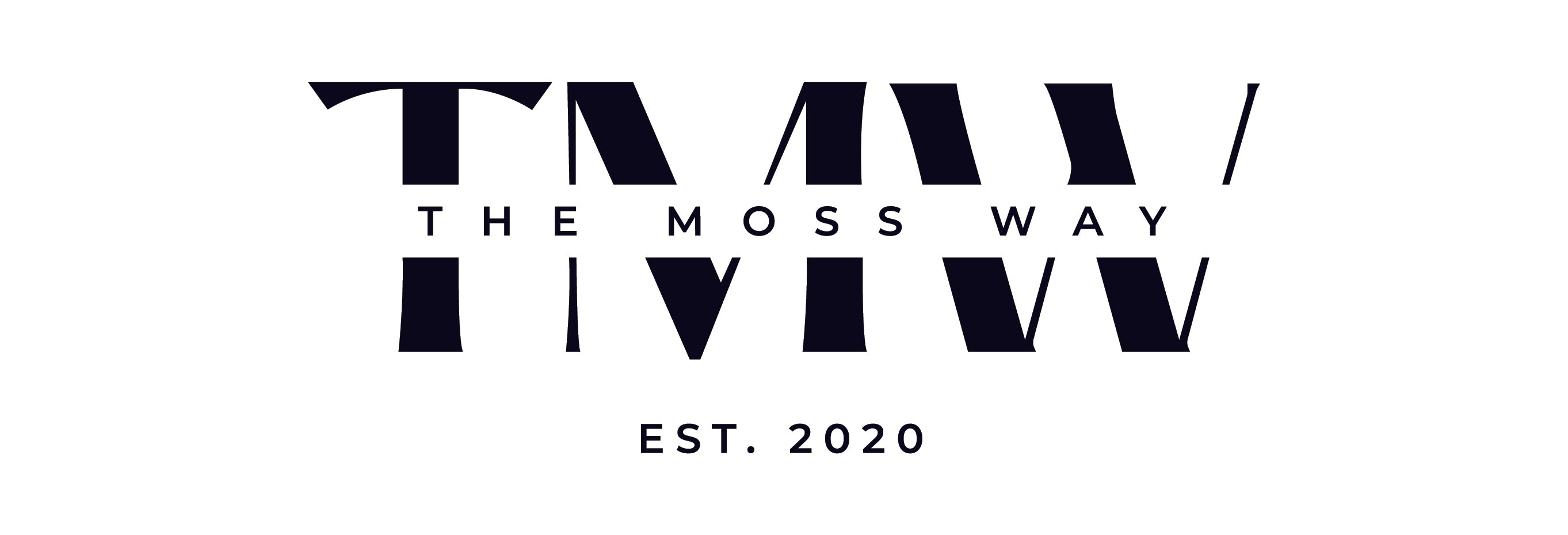Seaweed has long been a part of coastal traditions and diets across the UK. With its rich, savoury flavour and dense nutritional content, edible seaweed is rapidly gaining popularity in modern health and wellness circles.
But with so many types of seaweed out there, which ones are safe—and beneficial—to eat?
In this guide, we explore the most common edible seaweeds found in UK waters and explain how they can be used in daily life.
A Quick Look at Seaweed Categories
Seaweed is classified into three main groups based on colour:
- Red algae (Rhodophyta) – includes Irish Sea Moss and dulse
- Brown algae (Phaeophyceae) – includes kelp, bladderwrack, and wrack
- Green algae (Chlorophyta) – includes sea lettuce
Each type of seaweed has unique textures, flavours, and nutritional benefits. These marine plants absorb minerals from the seawater around them, making them a rich source of essential nutrients.
Most Common Edible Seaweeds in the UK
1. Bladderwrack (Fucus vesiculosus)
One of the most recognisable seaweeds along UK coastlines, bladderwrack has distinct air-filled bladders that help it float in water. Rich in iodine and antioxidants, bladderwrack is known for supporting thyroid function.
It has a salty, umami flavour and can be added to broths, soups, or dried and used as a seasoning.
2. Dulse (Palmaria palmata)
Dulse is a red seaweed with a chewy texture and a savoury, slightly smoky flavour. It’s high in protein, iron, and potassium, making it a great plant-based source of essential nutrients.
Dulse is often dried and eaten as a snack or crumbled into stews, salads, or scrambled eggs for a nutritious boost.
3. Kelp (Laminaria spp.)
Kelp is a group of large brown seaweeds that grow in dense underwater forests along UK shores. Kelp is used widely in Asian cuisine and is valued for its high iodine, calcium, and magnesium content.
It’s often used to make stocks, added to soups, or dried into powder for use in smoothies and cooking.
4. Sea Lettuce (Ulva lactuca)
This vibrant green seaweed resembles leafy lettuce and is commonly found in rock pools and shallow waters. Sea lettuce is high in vitamin C, iron, and protein.
It has a mild taste and can be eaten raw in salads, blended into green smoothies, or added to stir-fries.
5. Irish Sea Moss (Chondrus Crispus)
The most nutrient-dense of all UK seaweeds, Irish Sea Moss is native to the cold, rocky shores of the North Atlantic, including parts of Ireland and the UK. It’s particularly valued for its dense mineral profile and broad range of incredible health benefits.
At The Moss Way, our gels are all made using organic, hand-harvested Irish Sea Moss.
Culinary and Wellness Uses of Seaweed
In addition to traditional uses, modern wellness trends have embraced seaweed in a wide range of products. From seasoning salts and pasta replacements to seaweed teas and face masks, these marine vegetables are being reinvented in innovative ways.
Seaweed is increasingly recognised as a sustainable food source due to its low impact on the environment and ability to grow without freshwater or fertilisers. As such, it’s making waves in both culinary and ecological movements.
Seaweed is also rich in umami flavour, making it a natural flavour enhancer in cooking. Whether sprinkled on popcorn or stirred into a hearty stew, it delivers a mineral-rich boost with a savoury edge.
What Makes Irish Sea Moss Unique?
While many seaweeds are nutritious, Irish Sea Moss offers a unique combination of health benefits that have stood the test of time:
- Rich in over 85 nutrients, including iodine, magnesium, calcium, potassium, zinc, and selenium
- Natural prebiotic, promoting gut health and microbiome balance by feeding beneficial gut bacteria
- Soothing mucilage, which helps coat the digestive tract, reducing inflammation and easing symptoms of digestive discomfort
- Anti-inflammatory properties, supporting immune health, joint function, and skin clarity
- Versatile for use in food, skincare, and supplements – can be blended into smoothies, added to soups, taken in capsule form, or applied topically as a face mask
Unlike many other seaweeds, Irish Sea Moss is never farmed on ropes or in artificial environments. It is wild-harvested from natural ocean rock beds, ensuring purity and higher nutrient concentration.
How to Incorporate Seaweed Into Your Diet
Our Irish Sea Moss gels are a brilliant way to start incorporating seaweed into your diet. They are highly versatile; and can be consumed straight from the jar, mixed into smoothies or hot drinks, or stirred into soups and sauces.
Alternatively, we offer capsules, herbal teas, and even seasonings so you can enjoy the benefits of Irish Sea Moss whatever your preferences.
You could also try adding dried seaweed flakes to soups, salads, and stews. Blend powdered kelp or sea lettuce into smoothies, or make your own seaweed-infused broth.
Final Thoughts
The UK coastline is home to a rich variety of edible seaweeds, each with its own distinct benefits and traditional uses. However, Irish Sea Moss stands apart thanks to its exceptional mineral content, digestive health support, and versatile applications.
Whether you're exploring seaweeds for their culinary versatility, sustainable sourcing, or powerful nutritional punch, Irish Sea Moss is a standout choice for anyone seeking a holistic superfood.






























